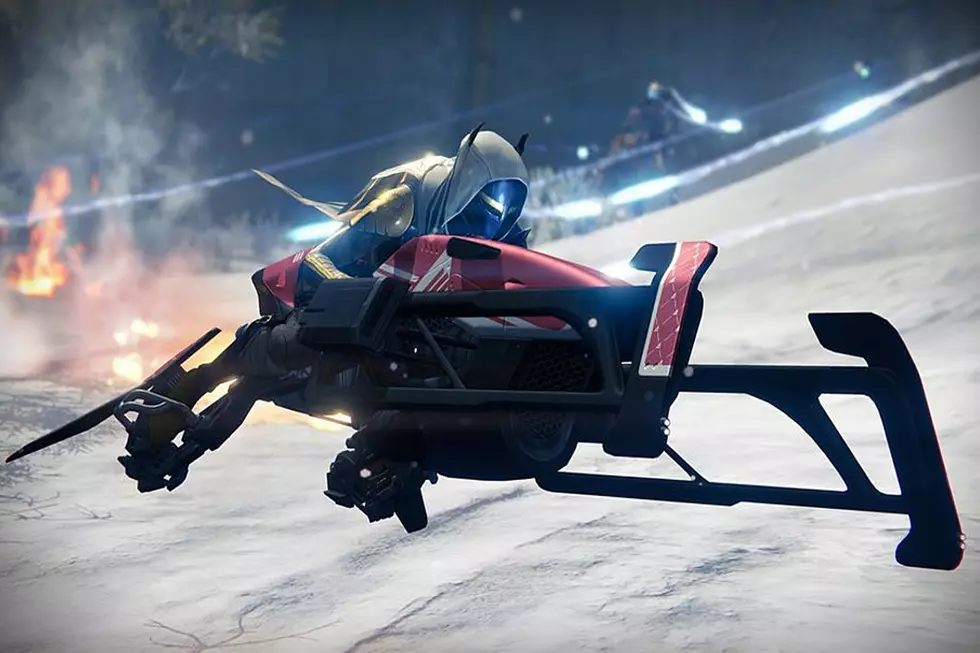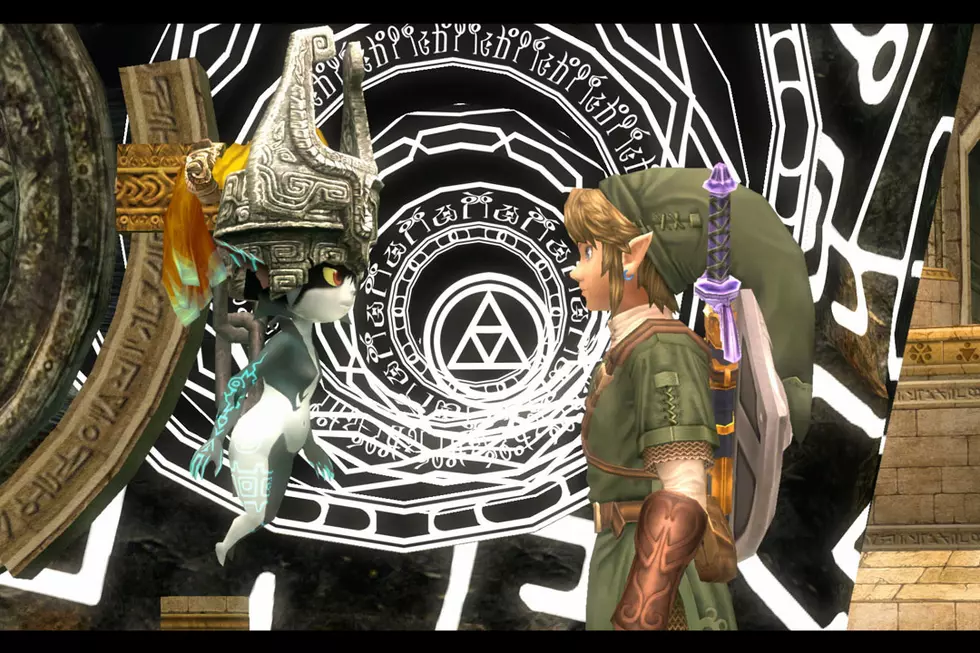
High Strangeness Review (Wii U)
When a game is advertised as a “12-bit adventure” it’s easy to be skeptical or pass it off as just a gimmick. 12-bit refers to High Strangeness’ combination of 8 and 16-bit visuals in order to solve puzzles and progress through the game. At first glance it may actually seem like a gimmick but in this game it works well and makes you wonder why other games haven’t employed this mechanic before. However, much like other things in High Strangeness, this feature is not fully realized.
High Strangeness follows Boyd, a young boy that finds himself at the center of strange occurrences and gets sucked into another world filled with strange creatures. The plot starts off strong and full of enough mystery to keep the player guessing, at least for the first couple of hours. Once more characters are introduced and the overarching plot is revealed, the story becomes very cliche and predictable for the rest of the game. Usually a game’s length isn’t as important as is delivering a complete package, but High Strangeness’ story feels rushed due to its short length.
By the time the end of the game comes around you’ll feel like you’re just starting to get to know any of the characters. Even worse, the plot has only been outlined at that point, and it makes the ending feel forced. There’s also no amount of world building or any sense of the game’s setting at any point, which makes High Strangeness feel disjointed as every location you visit is varied but hardly justified in the narrative.
High Strangeness’ gameplay and Vision mechanic are its strongest points, but also leaves much to be desired. Vision, the ability to switch between 16-bit and 8-bit graphics whenever you want, does more than just change the look of the game, it also changes how you play. Imagine playing a game that was released on both the NES and the SNES but being able to switch between them seamlessly with all the advantages and disadvantages of both. For example you can’t run in 8-bit, but enemies are slower and easier to kill. The rocks that block your path in 16-bit are just stepping stones in 8-bit. This is a very cleverly implemented feature and it makes you think about the puzzles and environments in a new way.
Outside of a few puzzles, which mostly consist of flipping switches or finding and turning on every computer in a given area, and a couple of combat options, the Vision mechanic feels like it could have been used much more, or explored further were we given more chances to use it. This goes for most of the items in the game as well. You’re given a set of items in the beginning of the game and rather than getting better ones, you can upgrade the basic set. These items include an infinite number of CDs that you can throw to hit switches or stun enemies, and firecrackers which are used the same way bombs are in Zelda. This is a fine progression system, but only having a flashlight for a weapon feels underwhelming. This is mostly due to the fact that it feels like a placeholder for a better weapon down the line, and is all but useless during boss battles due to its short range and low damage.
Combat is also affected by Vision in that you have a multi-hit combo in 16-bit, and only a single swing in 8-bit. Overall combat feels sloppy even after upgrading your flashlight and you’ll be mashing the attack button and hoping for the best in most scenarios. You won’t have to worry about fighting for very long though since one of the first abilities you get is a shield that stuns and damages enemies. This can stunlock every boss and enemy in the game, so it trivializes almost every encounter you’ll have.
Most of the other abilities you get are crucial for puzzle solving and appear in the form of augmentations to your crystal skull. For example, these abilities let you create blocks to place on switches, or summon a phantom that can stun enemies and float over chasms the main character can’t. Crystal skulls are the main source of power in the High Strangeness’ world, and what you collect on your journey in each dungeon. The dungeons in this game are quite short and consist of a few puzzle-filled rooms and then a boss fight. There’s no exploration in-between these sections either; just a small dialogue segment and a prompt asking if you’re ready for the next dungeon.
Unfortunately, all of High Strangeness’ features tell the tale of a game that had a lot of potential. The rushed plot, broken combat and underutilized vision mechanic all collectively drag this game down throughout its short run time. Perhaps if the game was stretched out to flesh out some thin plot points, or expanding on the almost non-existent world, the game would hold up better. As it stands though, High Strangeness feels like a game that was built around a novel idea and hurried to completion.
This review is based on a purchased digital copy of High Strangeness for the Wii U.
More From Arcade Sushi









